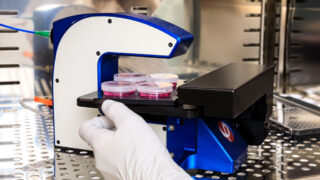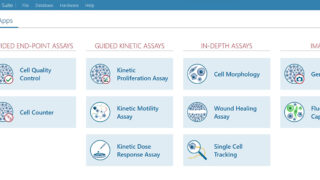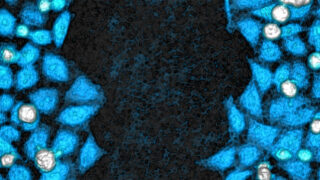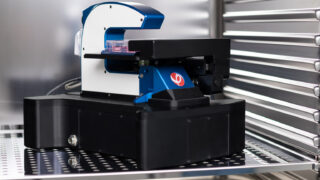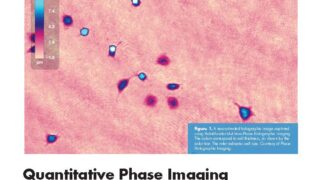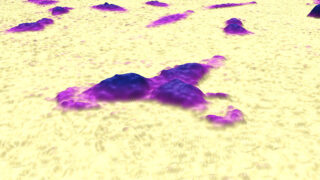Key benefits of the HoloMonitor system
Designed to operate directly inside your incubator
HoloMonitor M4 is designed to operate 24/7, directly inside your normal incubator. You can continuously monitor your cells in their natural environment, making sure you don’t miss any important cellular events in your culture.
Non-invasive cell imaging with QPI
HoloMonitor is based on digital holography, a QPI technology that quantitatively images your cells with nothing but low-energy light. You don’t need any additives to the media or labels to visualize your cells.
Gives quantitative data on single-cell level
The HoloMonitor App Suite software reconstructs your cells in 3D, immediately providing you with quantitative information about each cell. More than 30 different morphological parameters are calculated automatically, such as cell area, thickness and volume. Of course, all data can be compiled, exported and analyzed at population level as well.
Powerful and wide application portfolio
The HoloMonitor App Suite software enables kinetic live-cell tracking and analysis of your cells. In addition to detailed single-cell and cell population data, you get visual data in the form of high-quality images and time-lapse videos. Moreover, you can easily re-analyze the imaging results of previous experiments.
Intuitive, easy-to-use software
HoloMonitor is developed with user-friendliness in mind. Place your cell culture vessel onto the microscope and let the intuitive software guide you from the experimental setup to data analysis.
Saves time, money and cells
The HoloMonitor system allows for quick and guided experimental setup and automatically runs the imaging. Furthermore, you can reanalyze experiment data in multiple ways, generating several results from the same cells. This saves you hands-on lab time, money and cells.
Our Products
The PHI Blog
The latest Publications
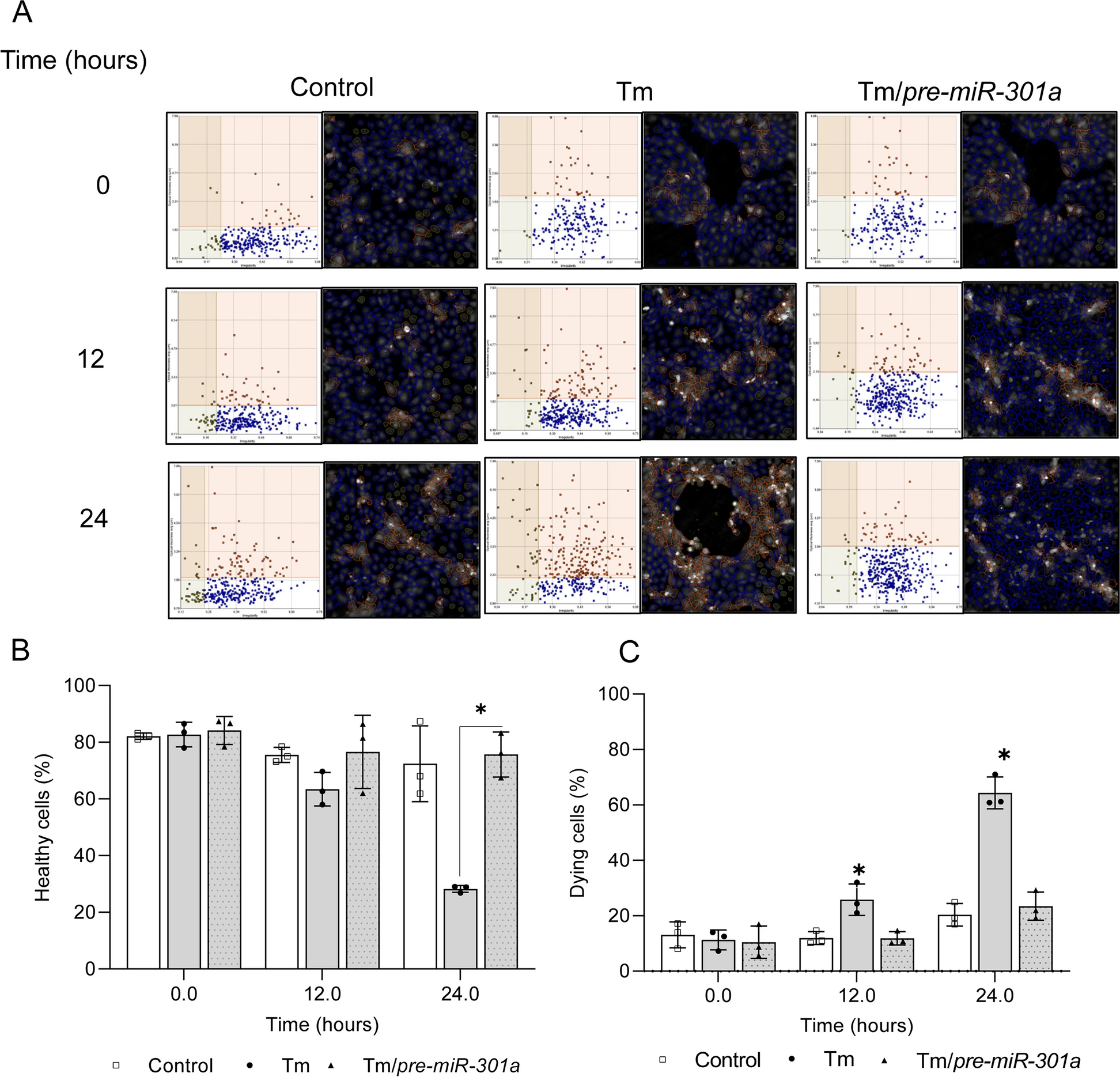
IRE1-mediated degradation of pre-miR-301a promotes apoptosis through upregulation of GADD45A
Journal: Cell Communication and Signaling (2023)
Cell Lines: 16HBE14o
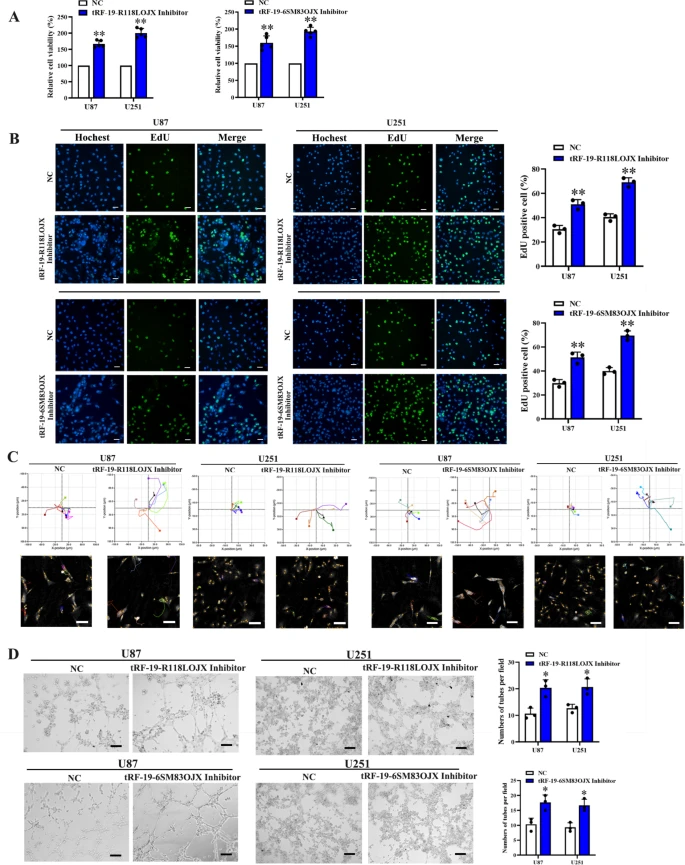
Expression profiles and function prediction of tRNA-derived fragments in glioma
Journal: BMC Cancer (2023)
Research Areas: Cancer research
Cell Lines: U87MG, U373MG, U251MG, SVG p12
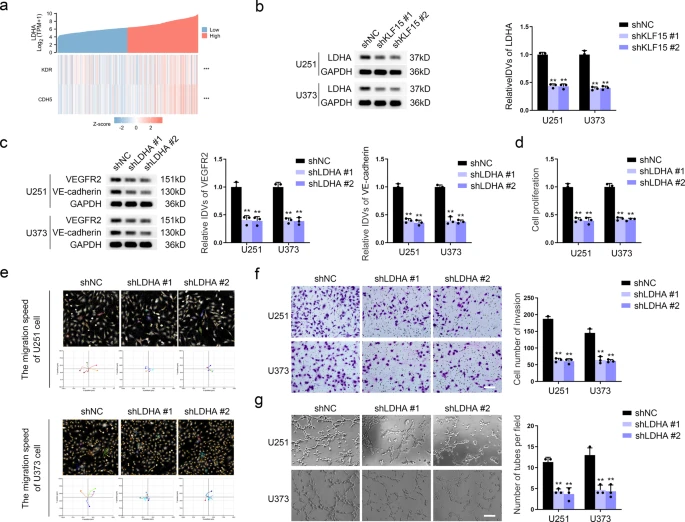
Pseudogene MAPK6P4-encoded functional peptide promotes glioblastoma vasculogenic mimicry development
Journal: Communications Biology (2023)
Research Areas: Cancer research
Cell Lines: U251, U373, and HEK 293T cells
Mast Cell-Mediated Orchestration of Airway Epithelial Responses in Chronic Respiratory Diseases
Journal: Doctoral thesis (2023)
Research Areas: Cell biology
Best microscope I’ve tried so far—worth every penny!
Markus Bosteen
Senior Scientist, Novo Nordisk, Copenhagen

